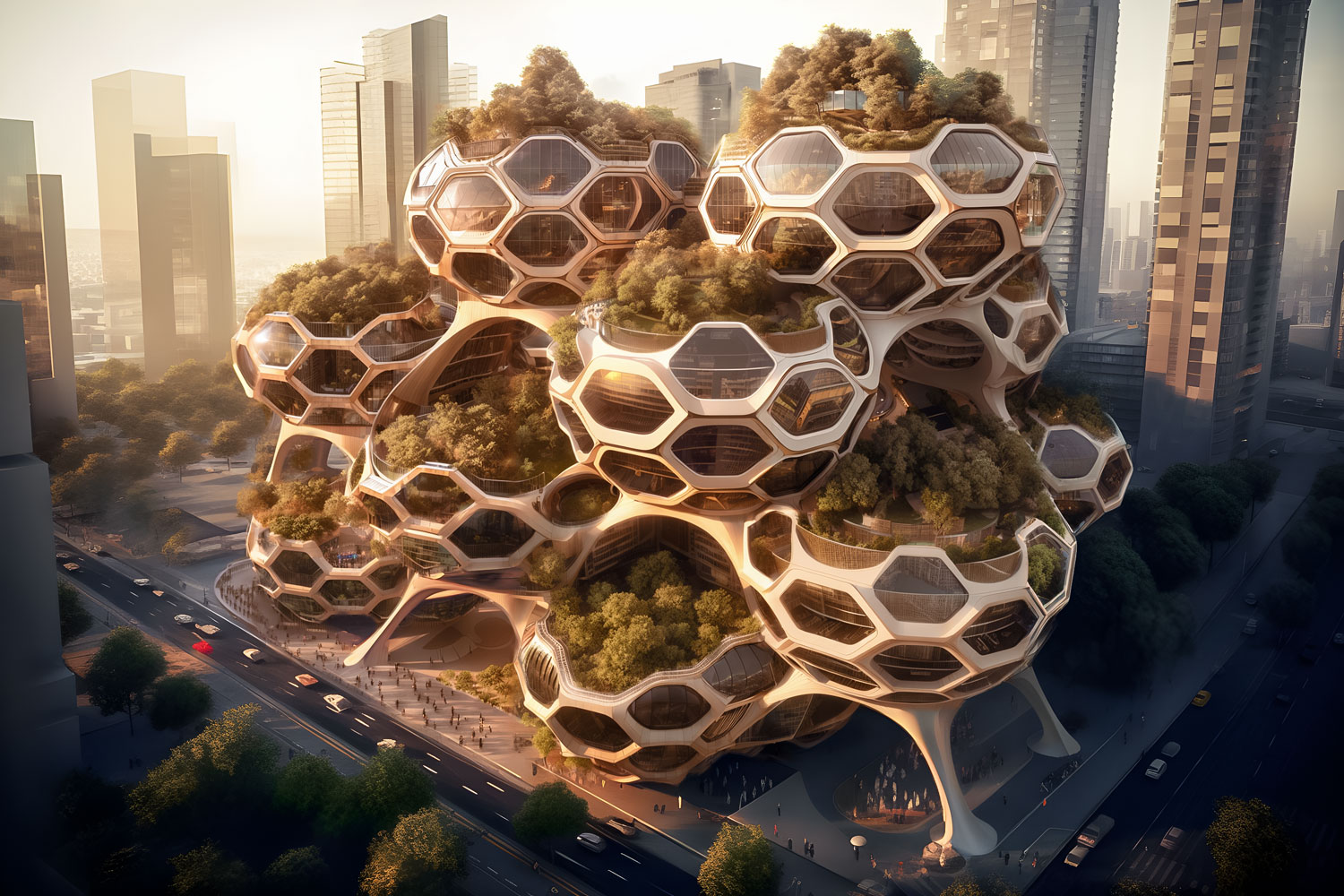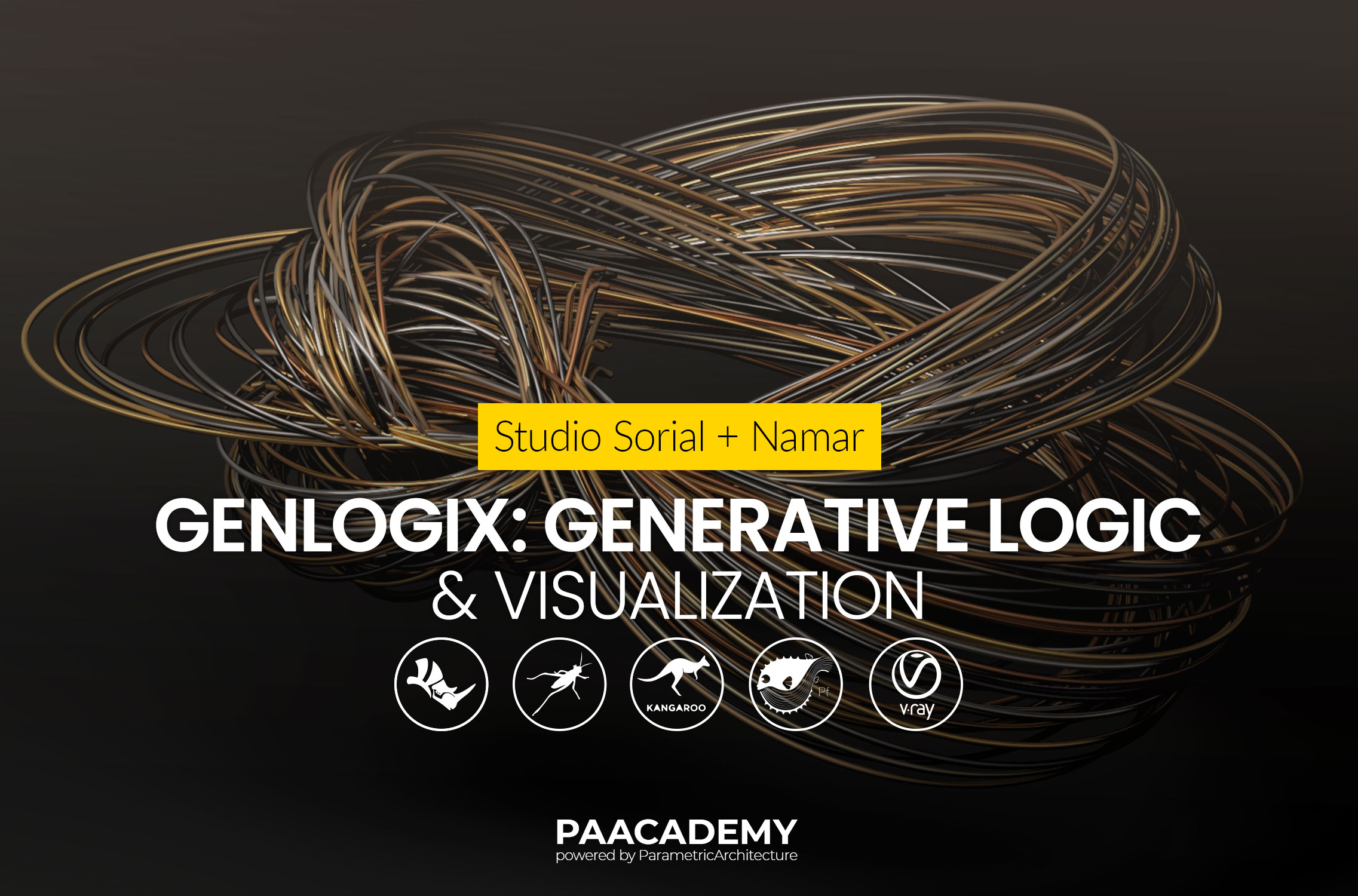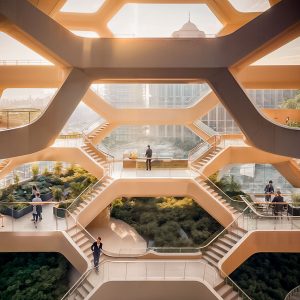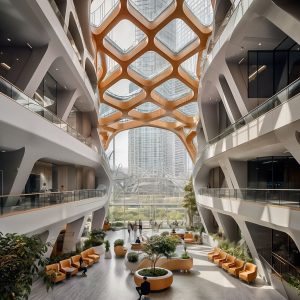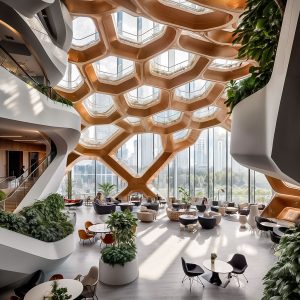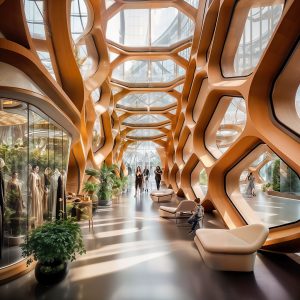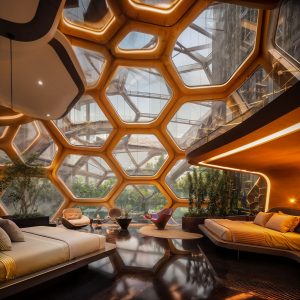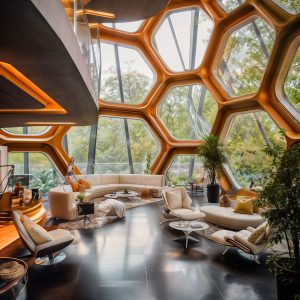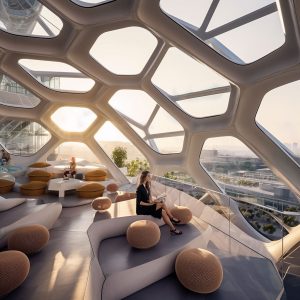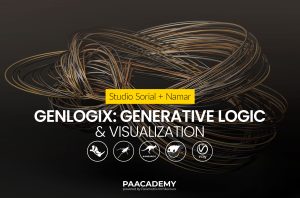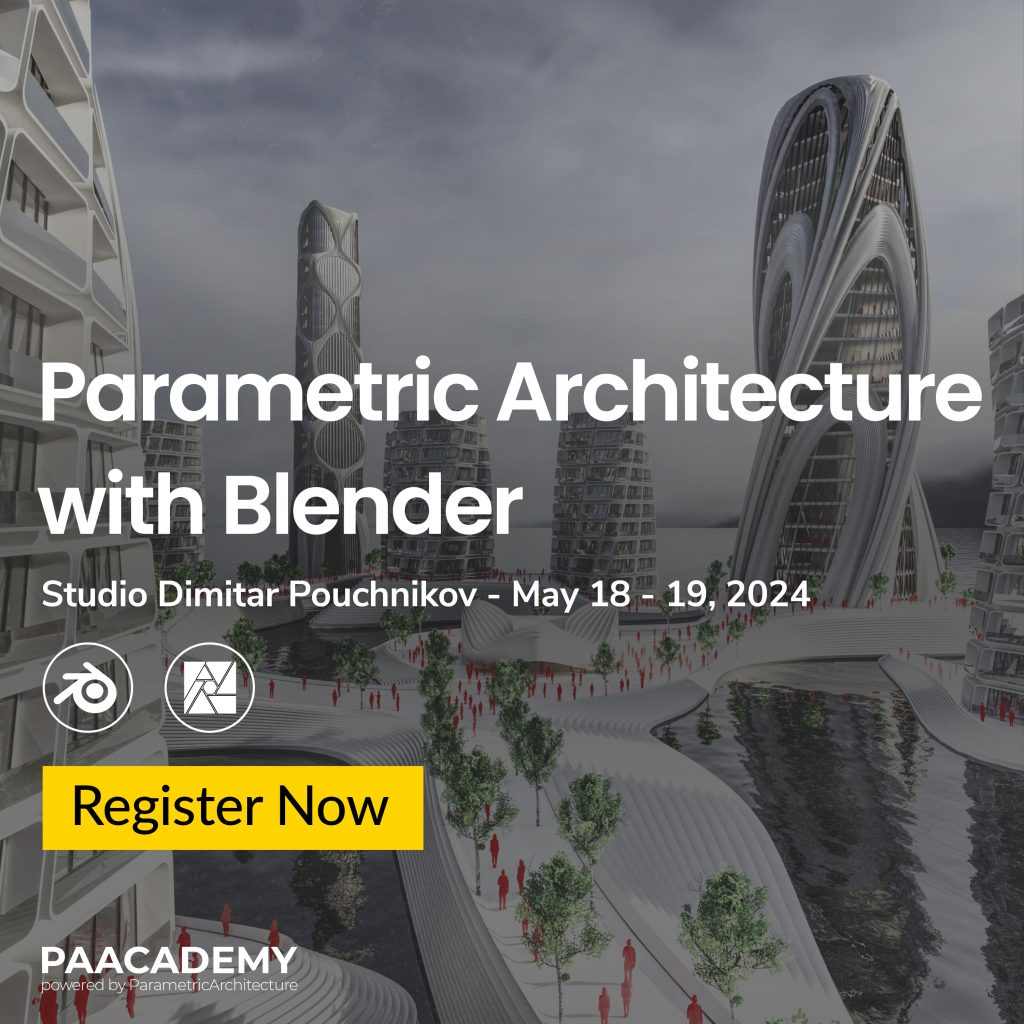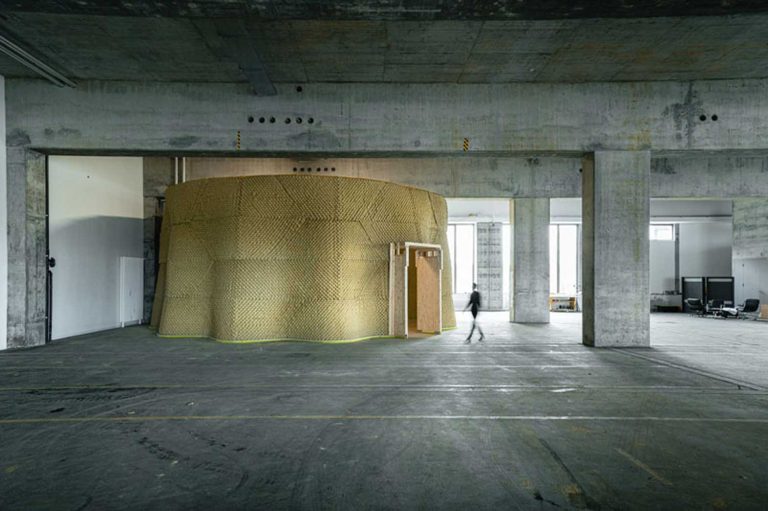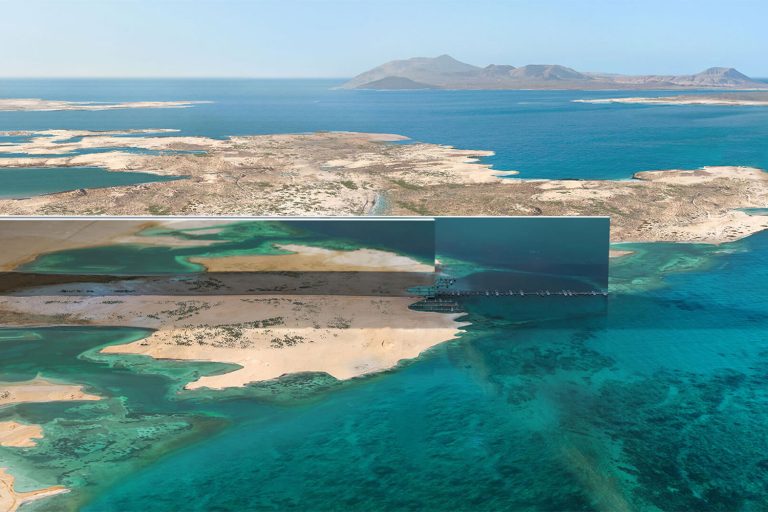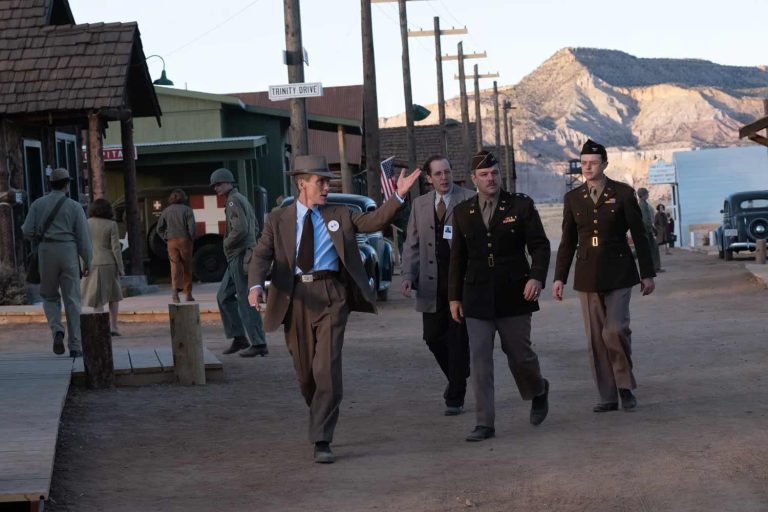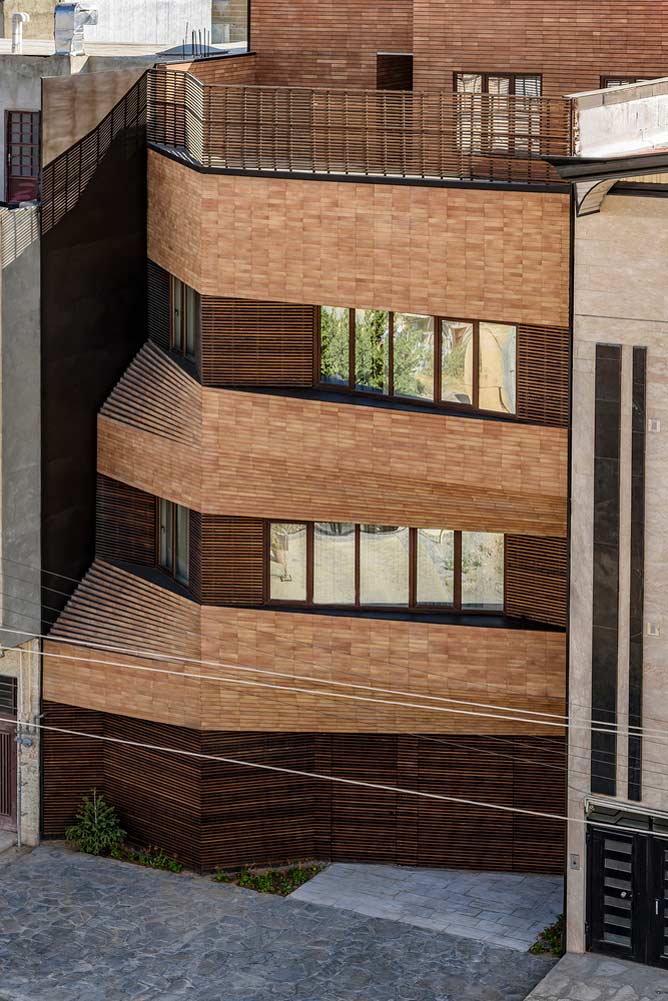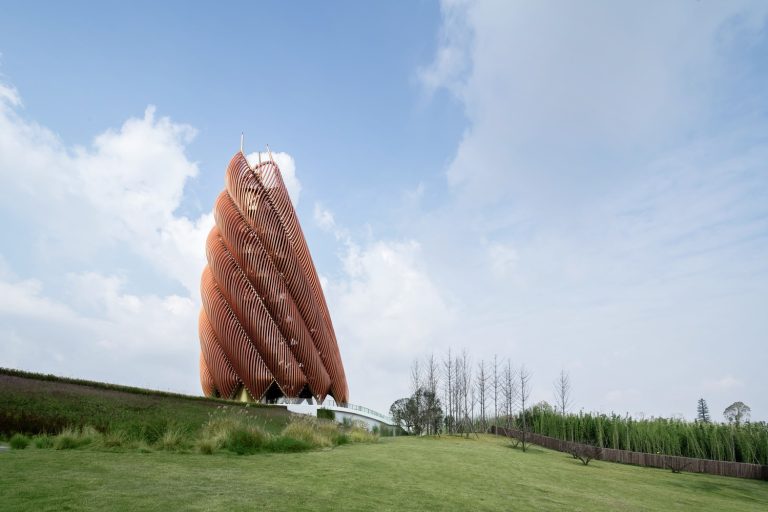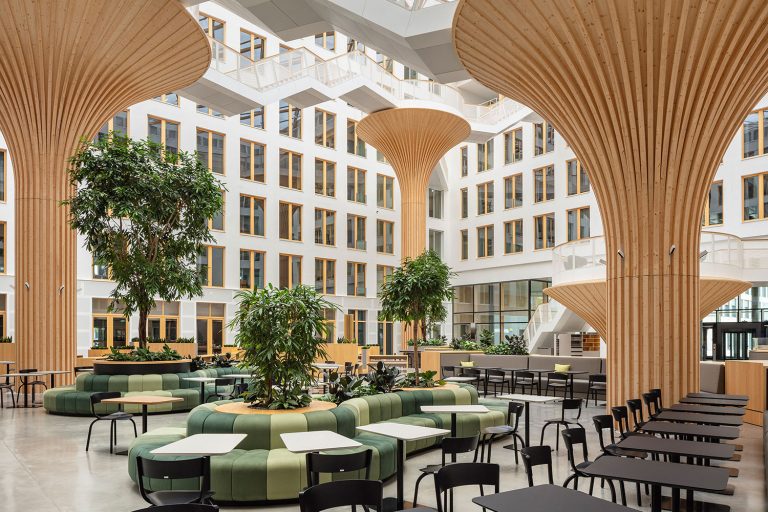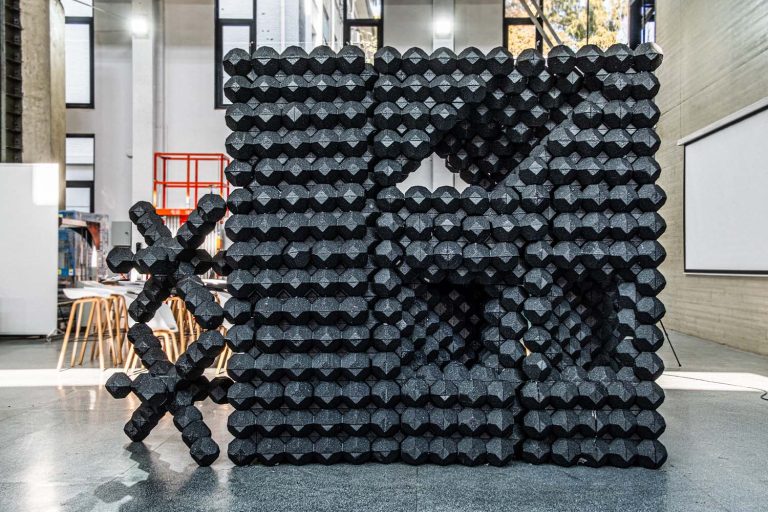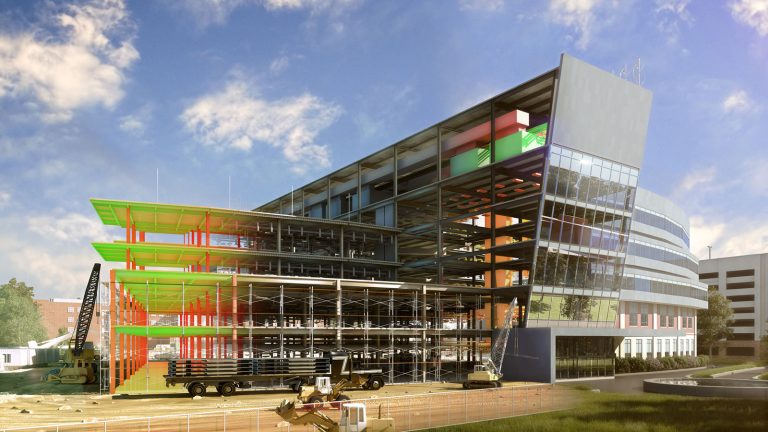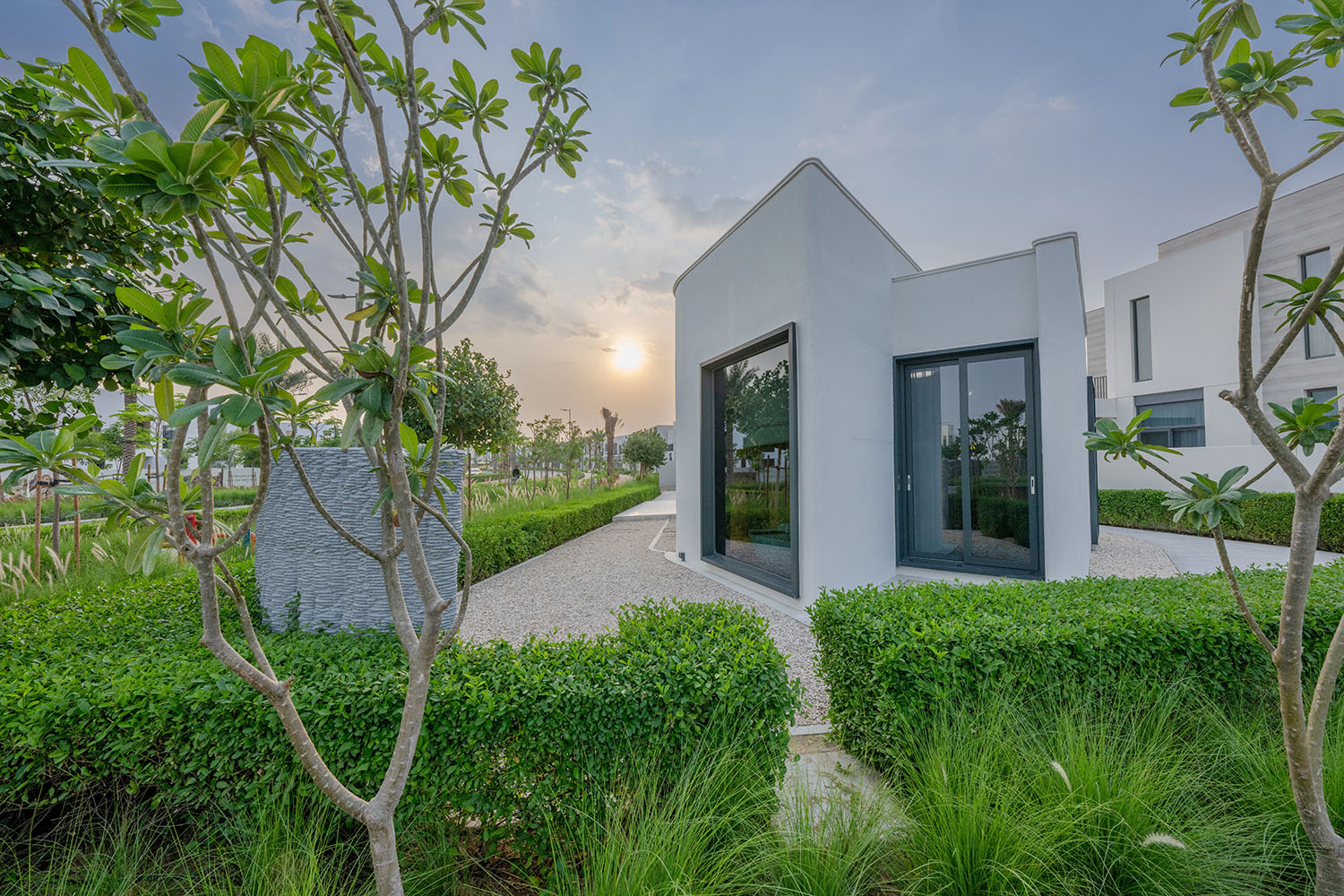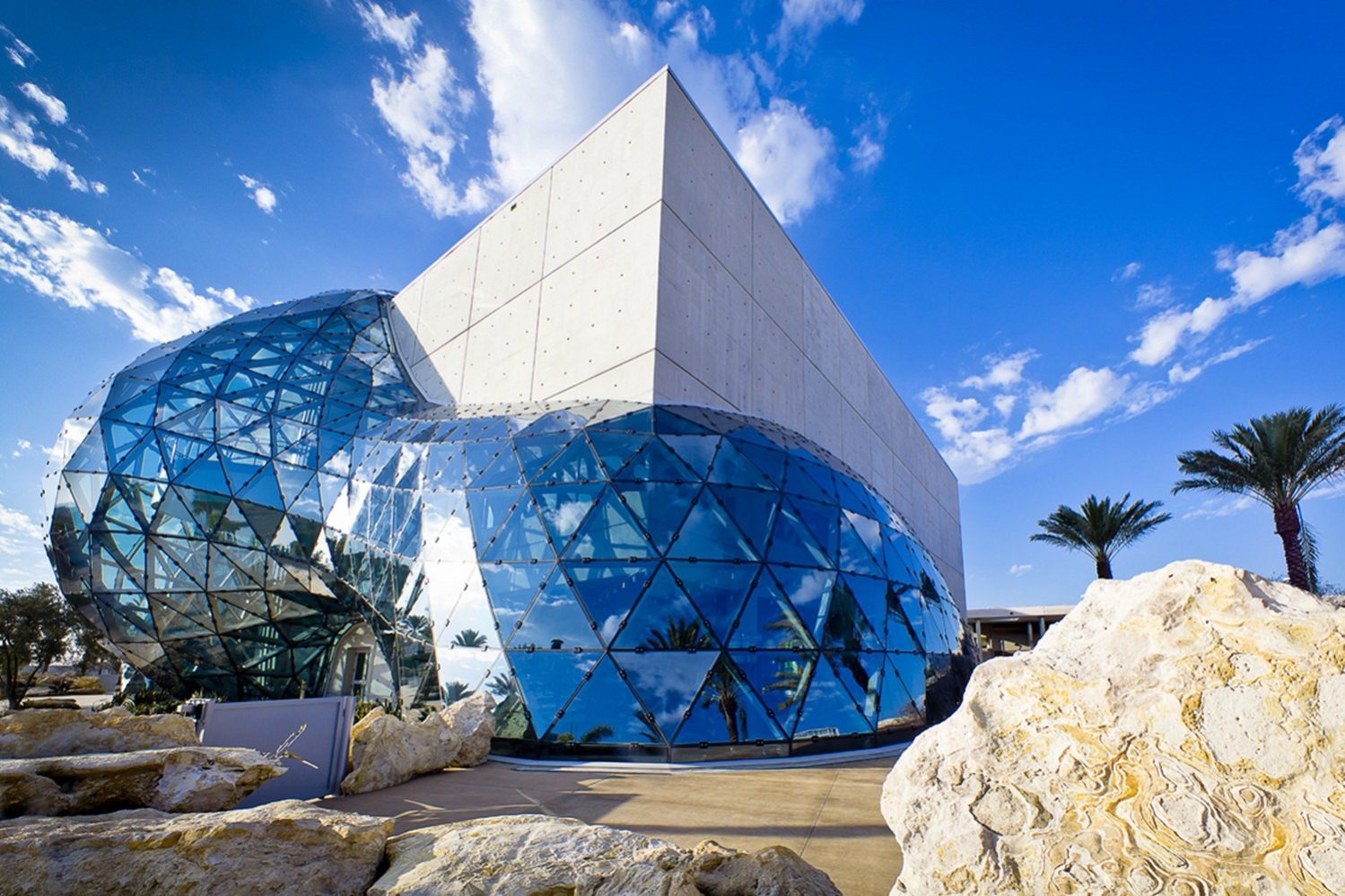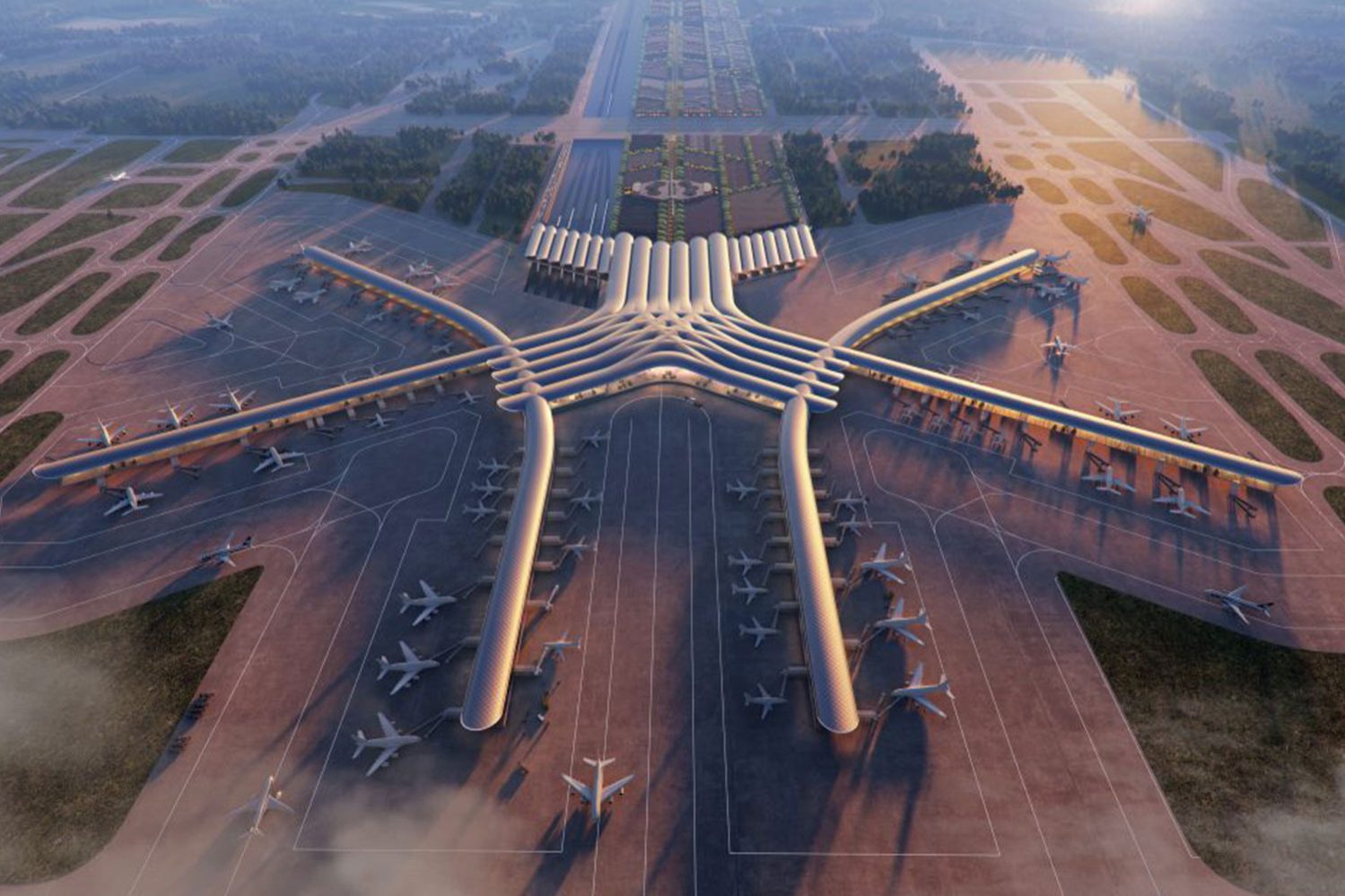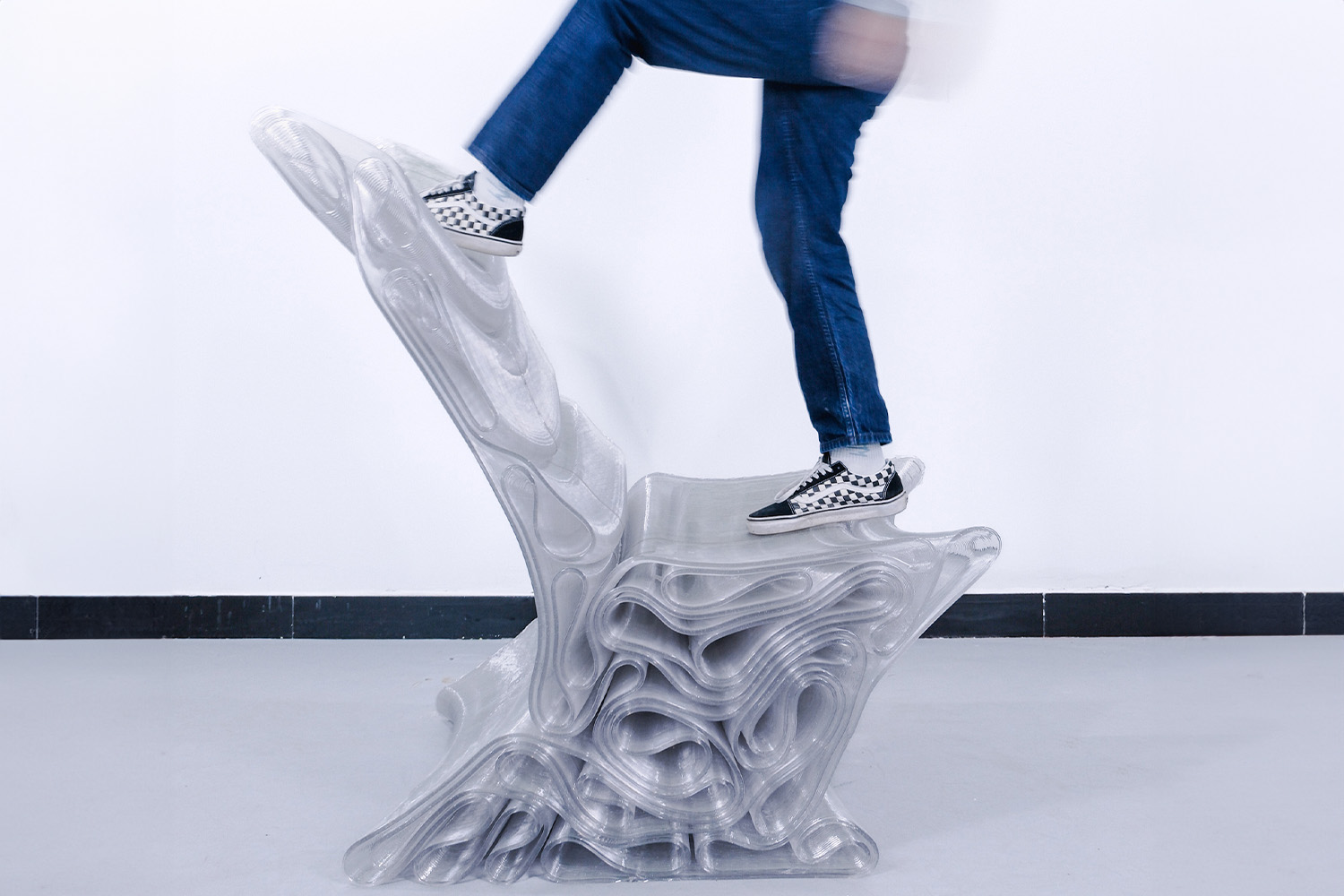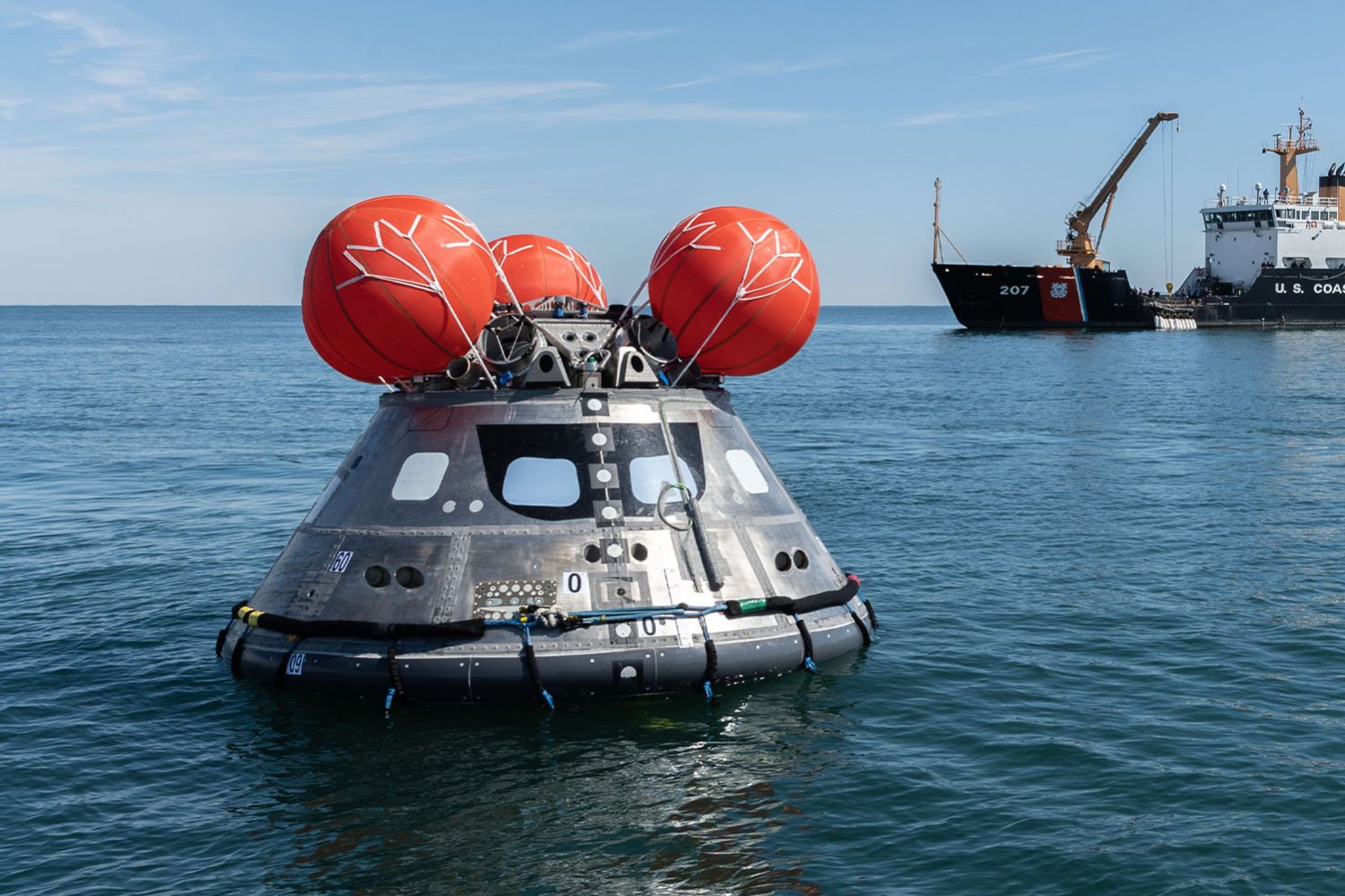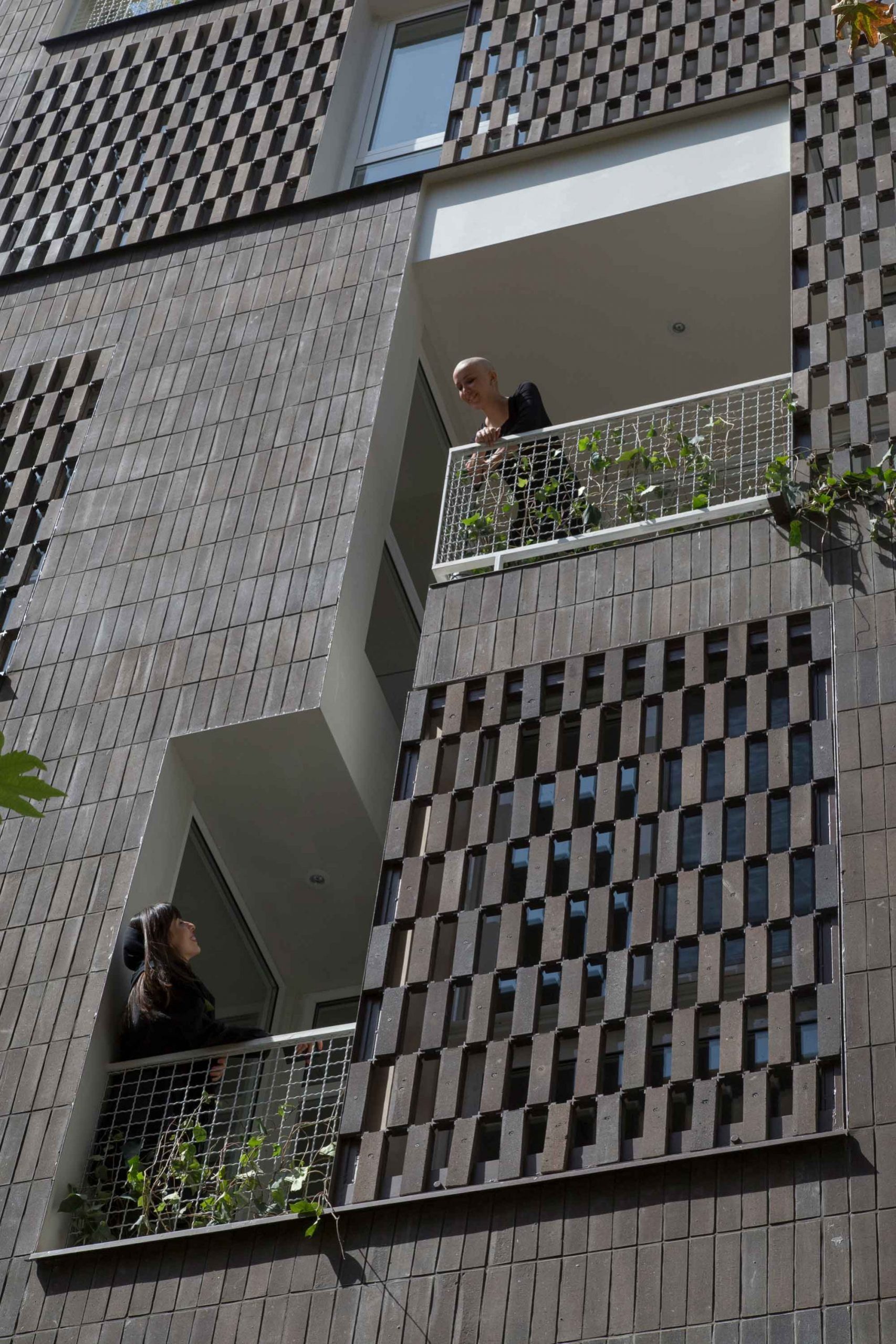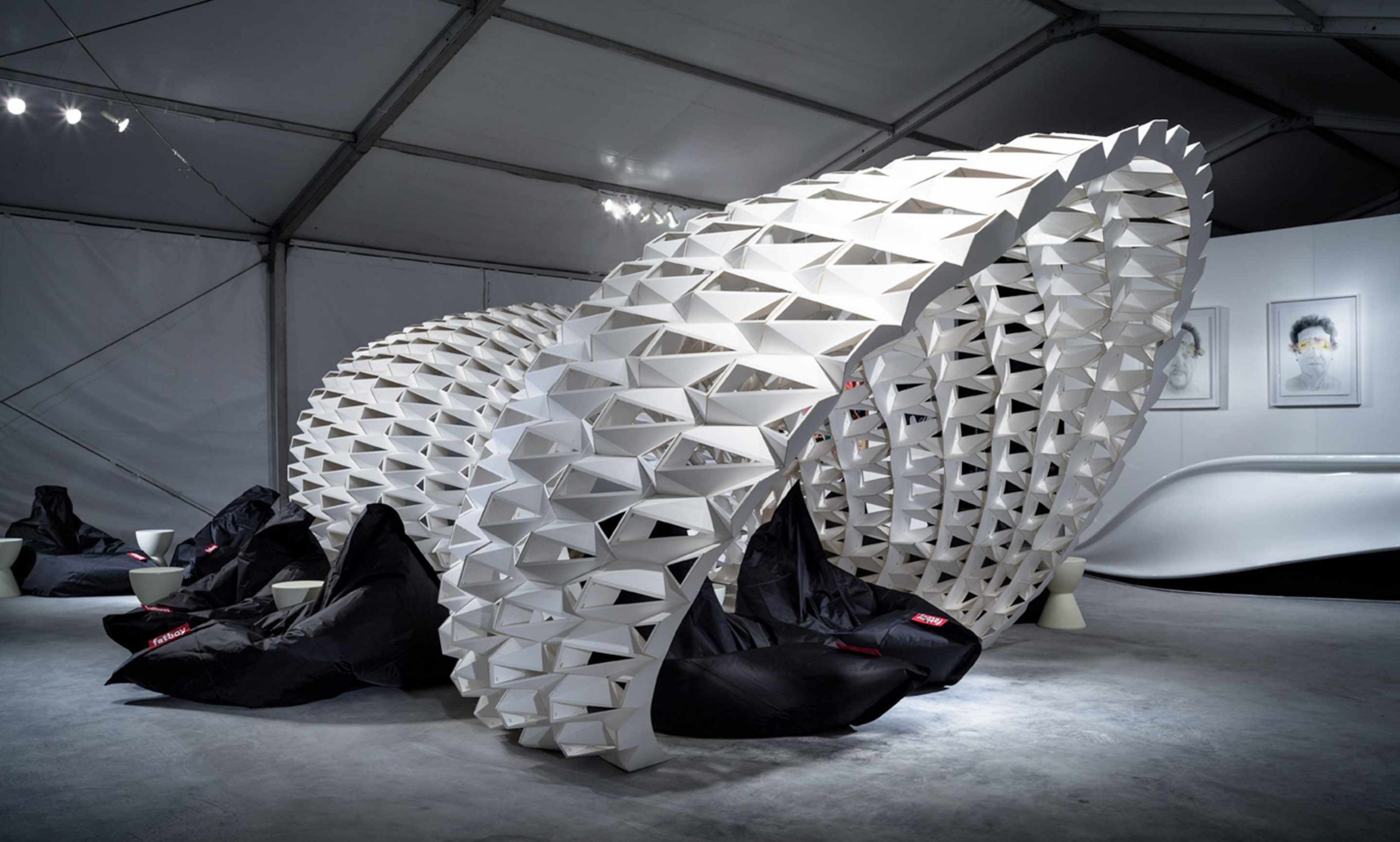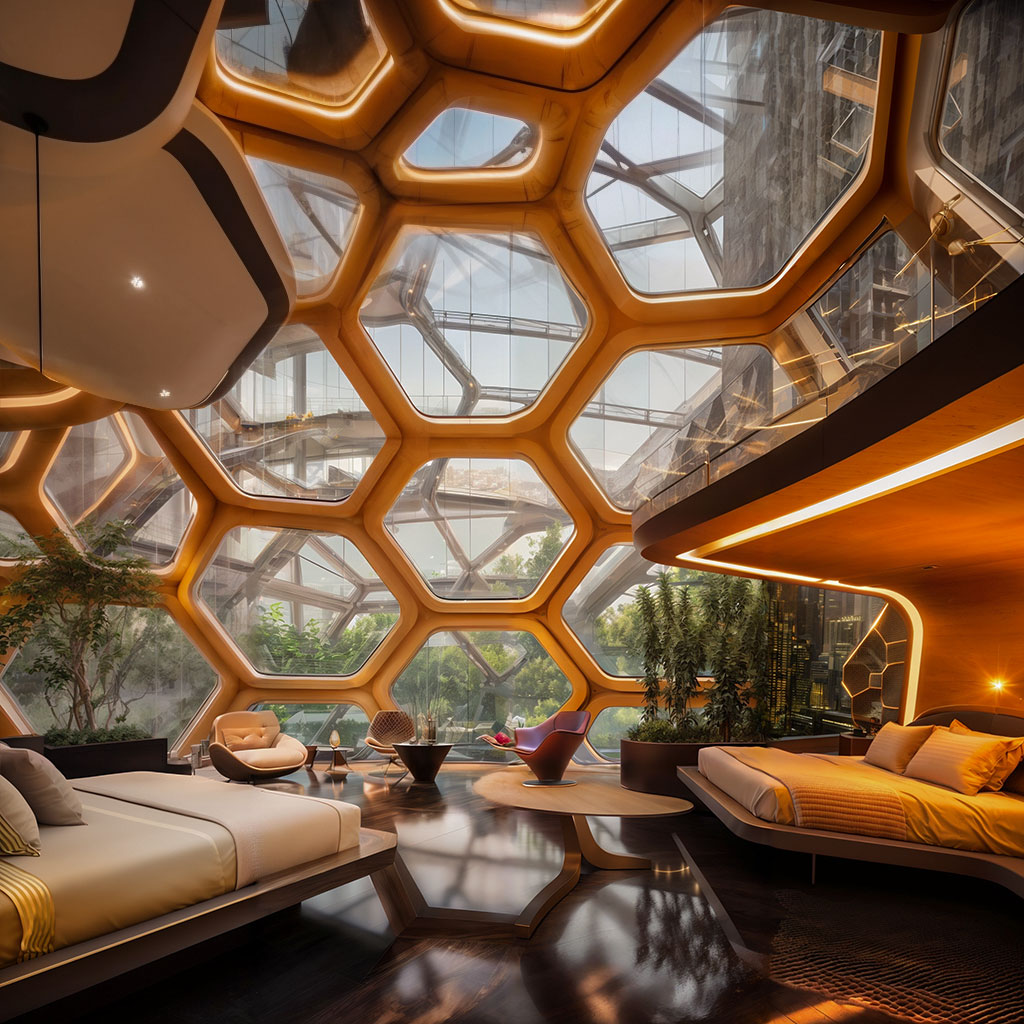
Jose Luis Perez Hermo actively participated in Midjourney Architecture 3.0 and Midjourney Design workshops led by Tim Fu. According to Jose, these workshops helped him push the boundaries regarding the ideation process. From then onwards, Jose has been experimenting with varied AI tools, starting from the concept through the detailing stage. He developed a project called HexaHub during the workshop process.
According to Jose, That case was tackled during the workshop where Tim Fu provided them with a unique challenge that implies many constraints. This represented a different approach he was familiar with, where deeper software guidance was required. First, the project was to embody a mixed-used facility within Honeycomb commercial Framework. Next, the whole complex should radiate a sense of community, incorporating flexible floor plans conducive to co-working. Finally, this hub was to feature a remarkable hexagonal, eco-friendly structure. That constraint is a challenging aspect throughout the whole narrative process.
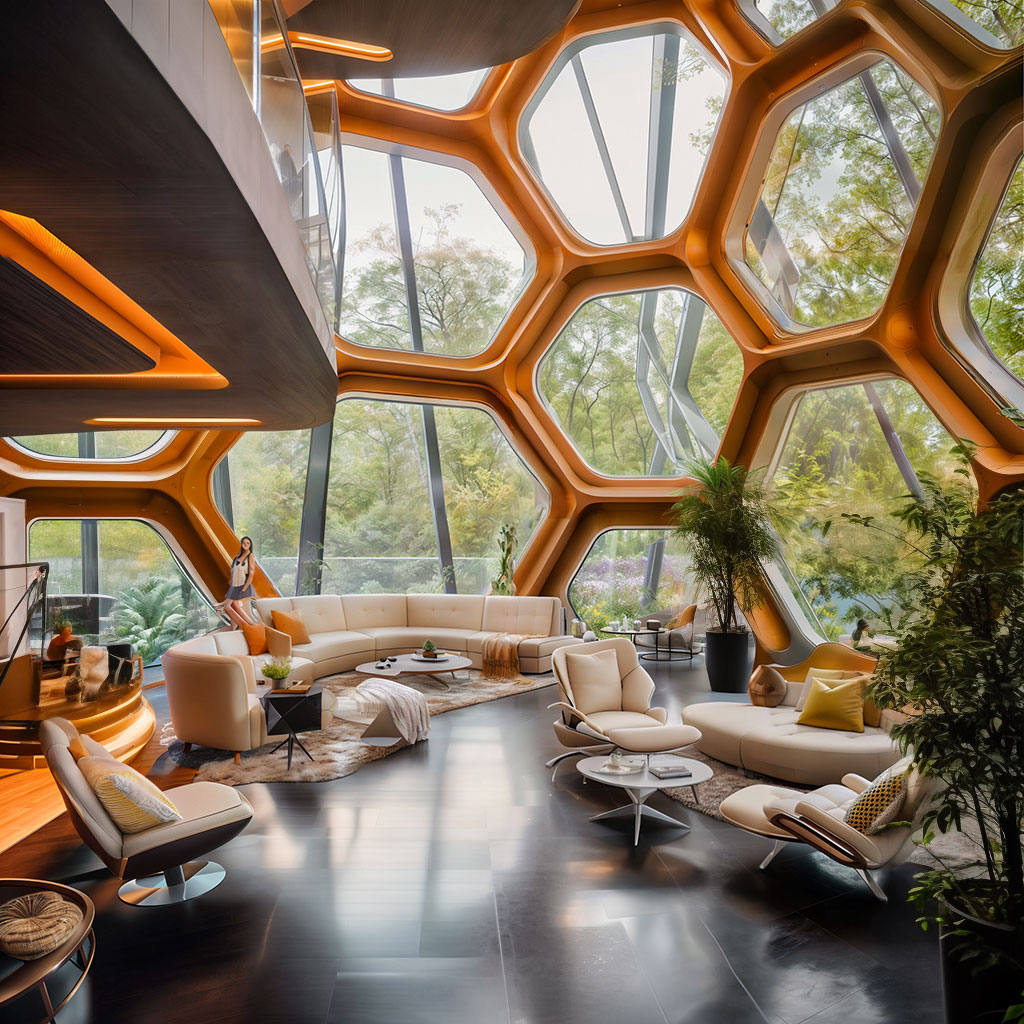
Guiding MidJourney toward a clear, initial concept was a challenging task. Initially, Jose began by visualizing a sustainable, bamboo-made structure nesting within the environment. At this project stage, careful image curation is crucial to prevent the AI from taking excessive liberties that could result in non-buildable architectural designs. The next step involved establishing visual narrative coherence.
According to Jose, as Tim Fu explained, this process is iterative. He started with the exteriors, considering that iterating earlier images would be necessary once I delved into the interiors. The most challenging part was steering the software to keep a holistic approach. The aim was to ensure consistency across all spaces in the project, leaving no room for doubt that we were working on the same project.
Jose was originally a computational designer; the AI realm is not a new concept for him. These tools were beneficial throughout the design process, from topology optimization to energy analysis. However, he thinks that text-2-image software opens up new horizons because it allows us to quickly explore hundreds of concepts for our projects.
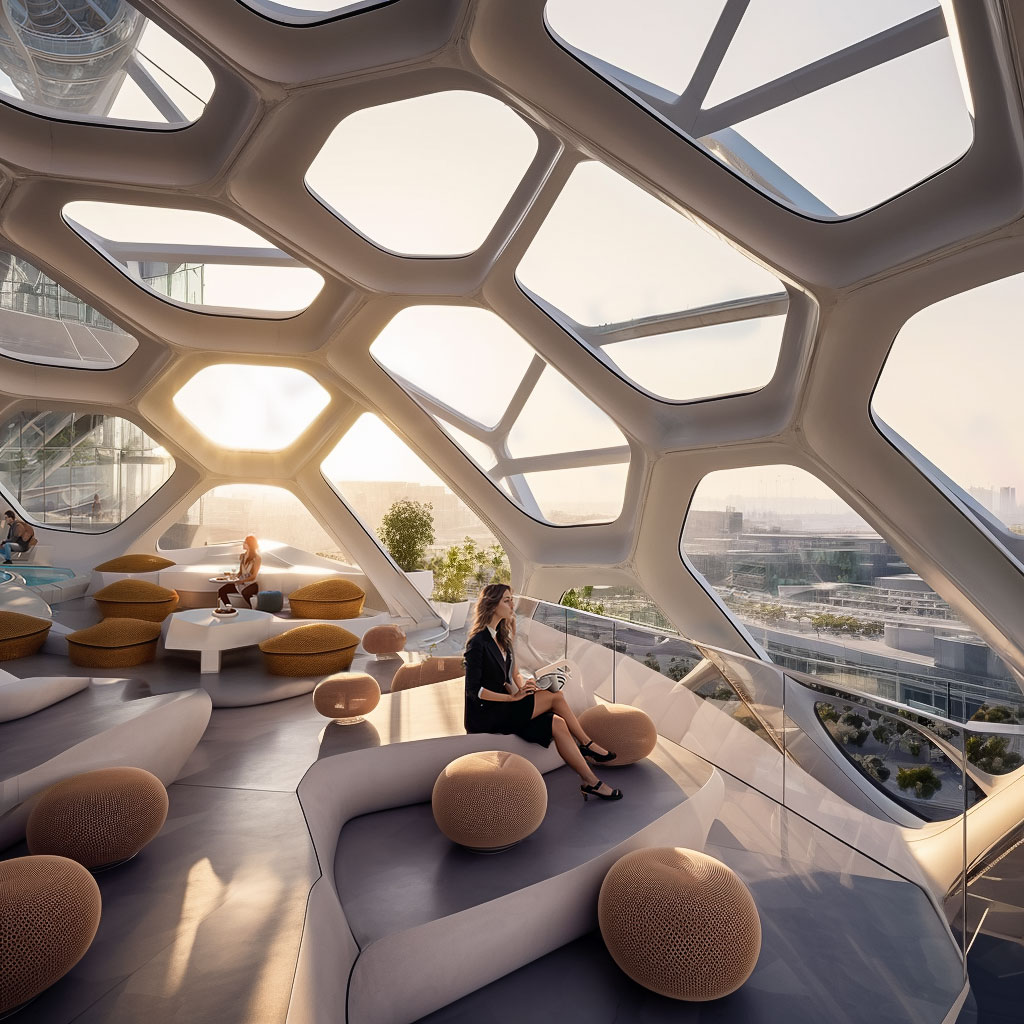
During those Parametric-Architecture workshops, Tim Fu provides tools to understand prompt-engineering accurately. Some helpful advice was adding one word at a time and even repositioning within the prompt to enhance the software’s comprehension. This approach was essential to provide accurate consistency (interior/exterior) on the projects.
Jose relied on using Dall-E 2 for quite a long time. However, he came across Adobe Firefly, which offered him the opportunity to test it as a Beta user, and the experience was fantastic. Once he heard it would be seamlessly integrated into other Adobe software, he used it as a reference tool rather than Dall-E 2.
If you’re curious about Midjourney and want to learn more about AI tools, join us at our upcoming Midjourney Architecture 4.0 workshop by Tim Fu!
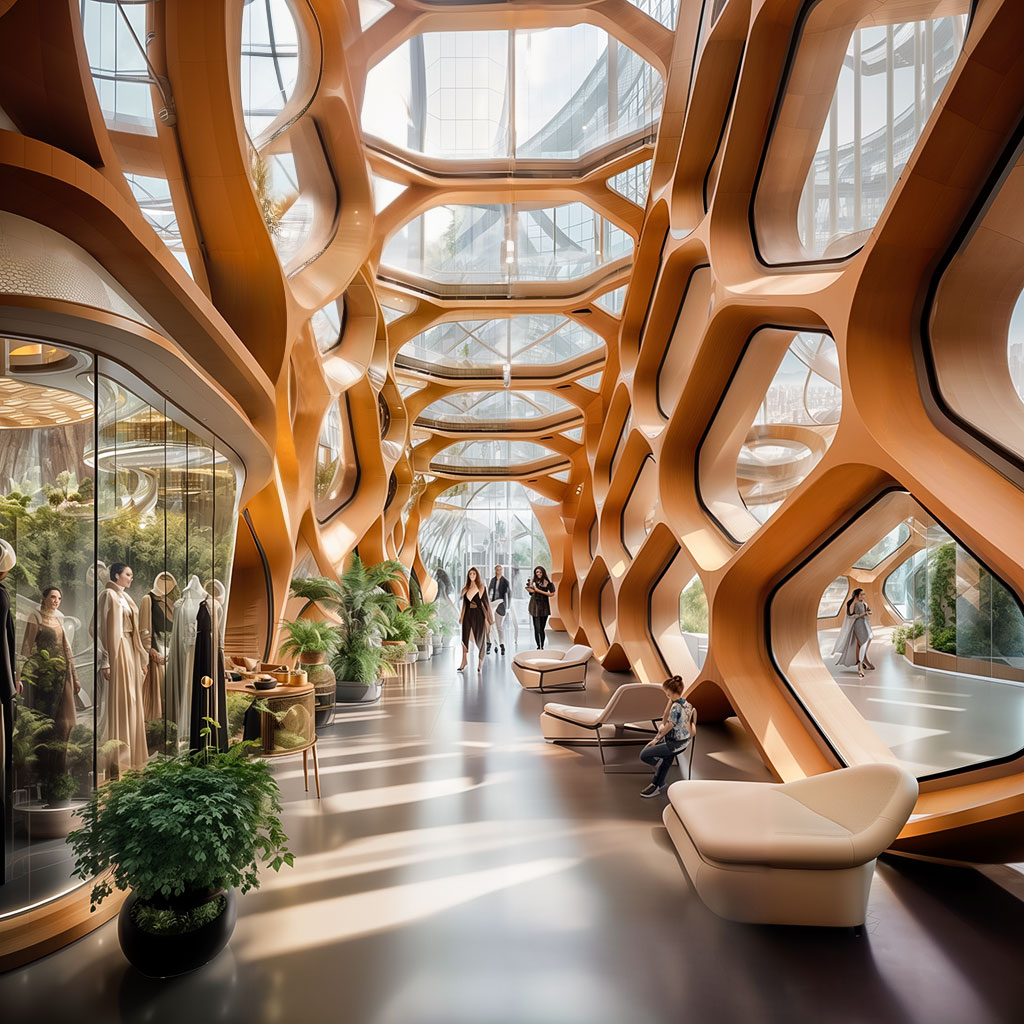
The defining characteristic of this project is its unique honeycomb architectural design. This feature serves as a solution to HexaHub constraints, introducing an interconnected system idea that could grow and adapt as required. According to him, the tessellated structure allows us to find a balance between traditional and futuristic systems through a more profound guidance of MidJourney.
HexaHub embodies a holistic approach to leveraging MJ’s potential throughout the architectural process. Sometimes, it can be demanding, where architects must adapt the software to align with their unique styles. That entails embracing MJ as a co-worker and driving the project’s evolution step-by-step. This collaborative approach facilitates conceptualizing the project and generating feasible architectural ideas. With that in mind, it is essential to keep using these incredible tools, from conceptual stages to construction and detailing, because that process also provides valuable insights for the whole community, enriching further advancements in this field.
*The text was provided by Jose Luis Perez Hermo and reviewed by PA Editorial Team.


